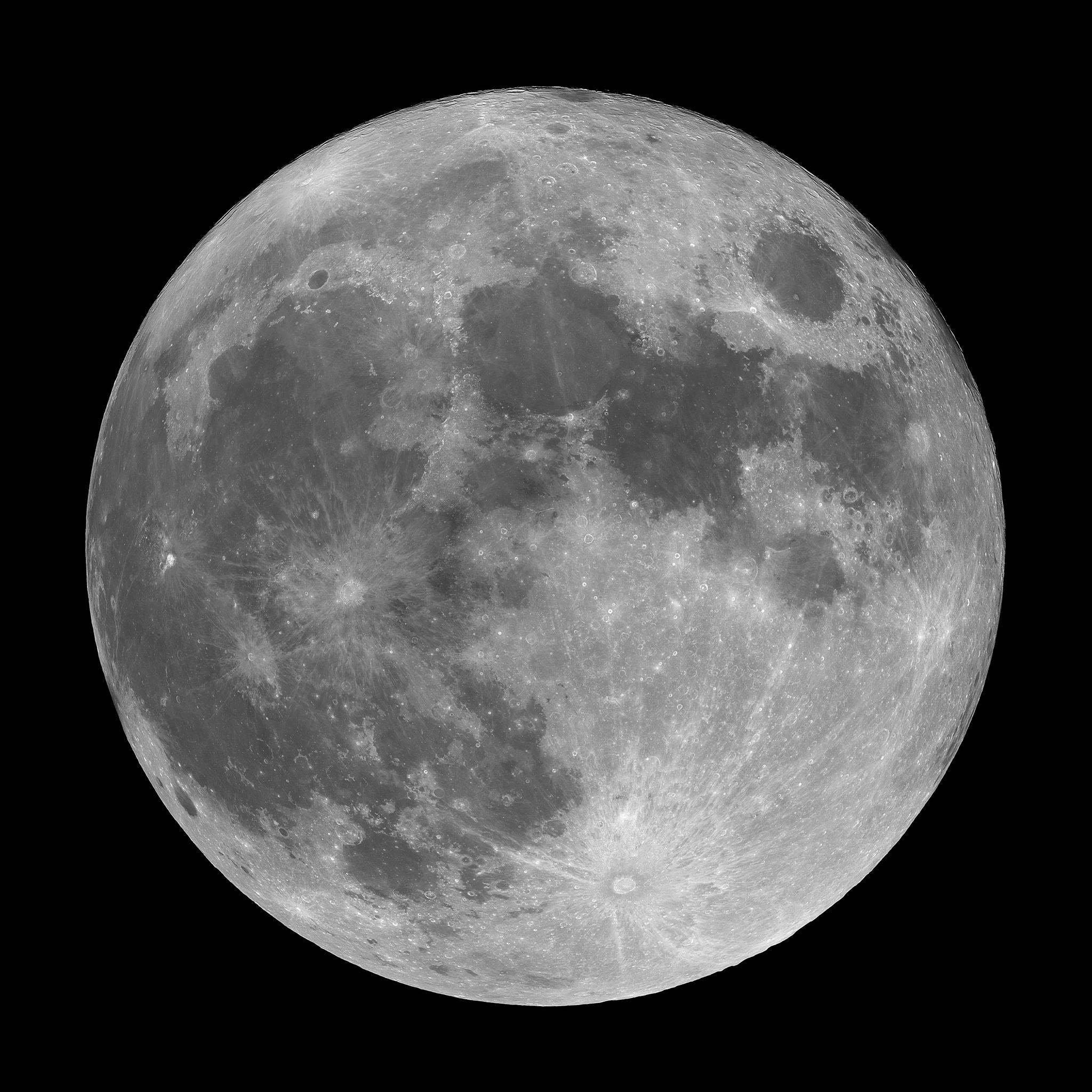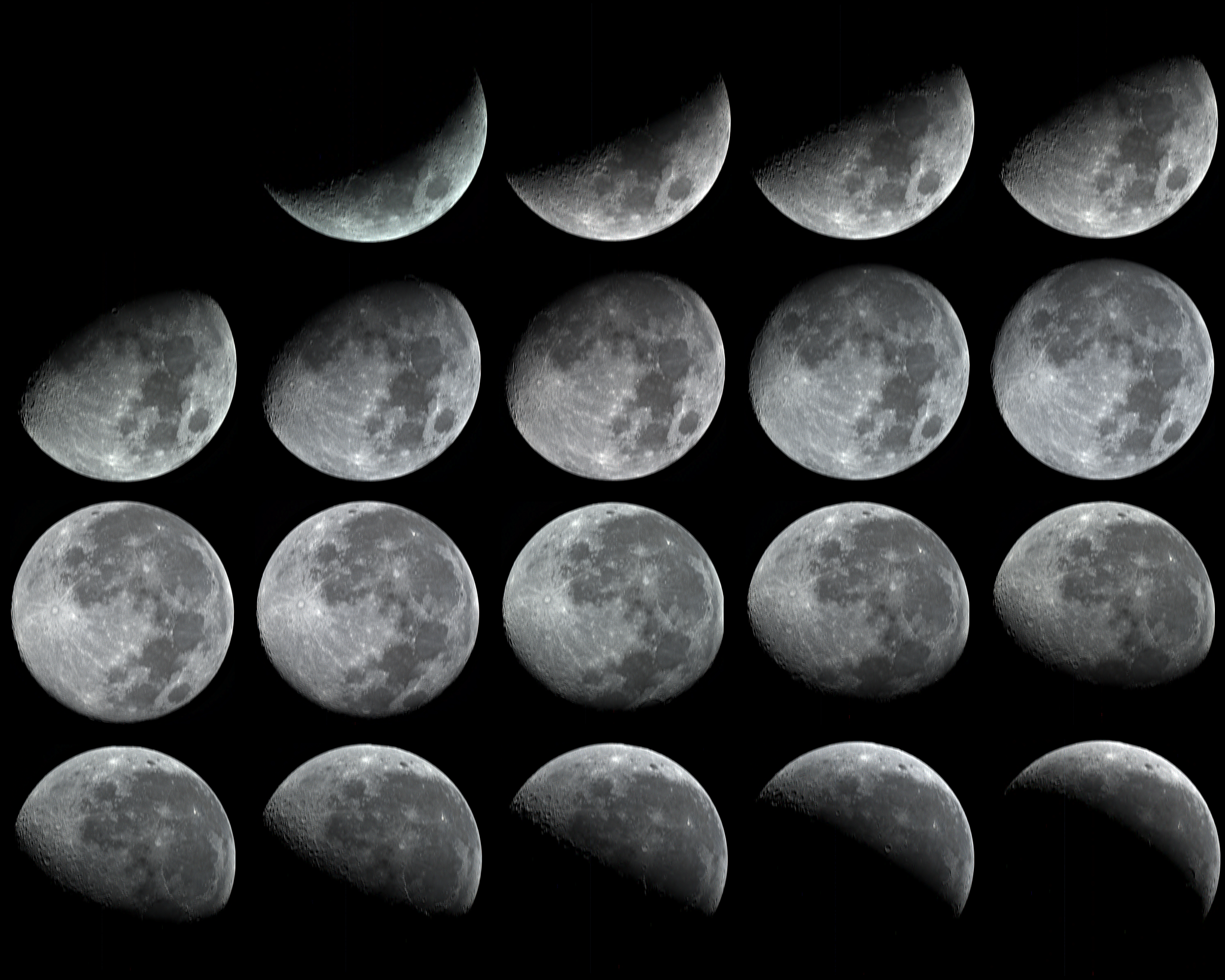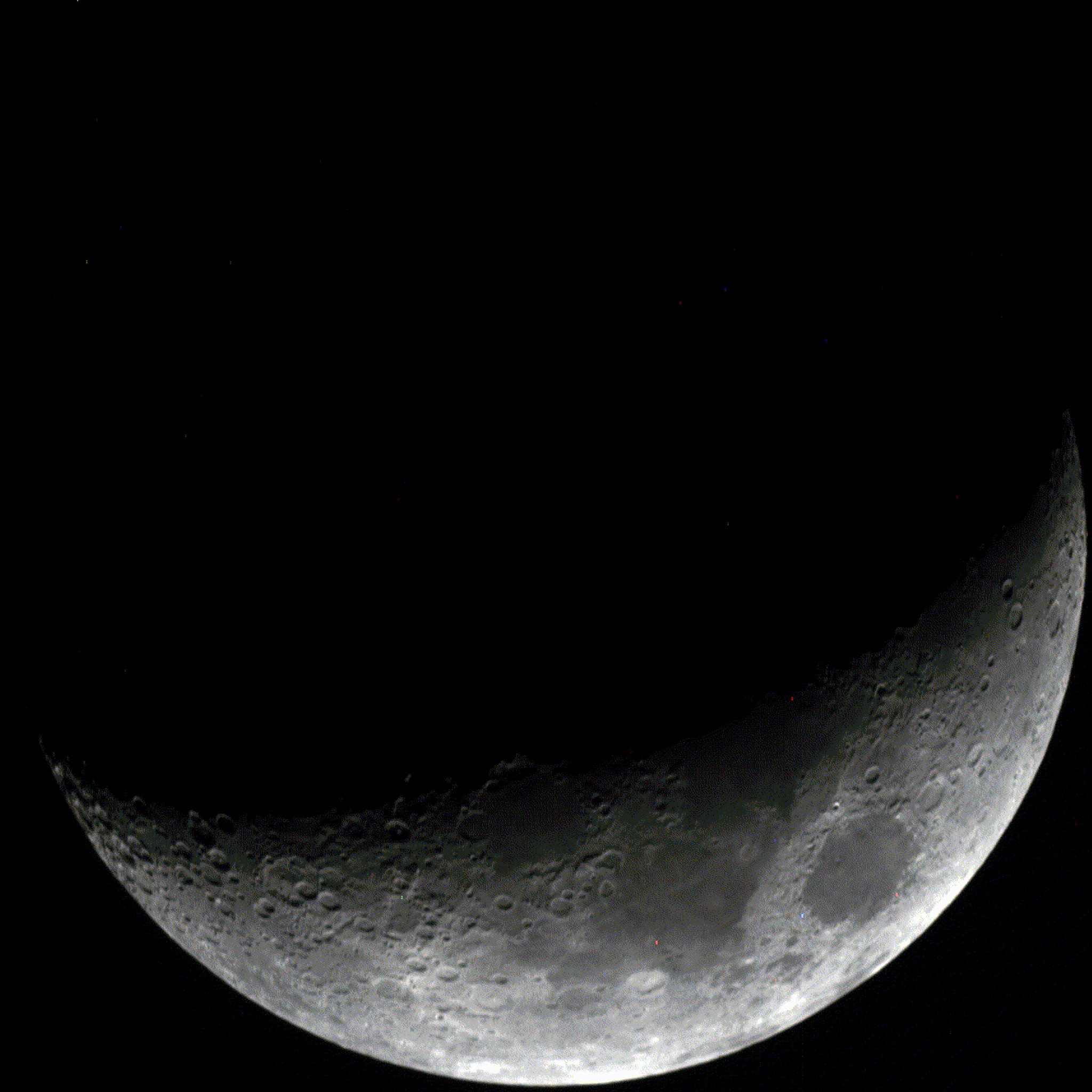Celebrate the Apollo 11 Moon Landing with These Stellar Moon Shots
This Saturday, July 20, marks the 50th anniversary of NASA’s Apollo 11 Moon landing, when Neil Armstrong took “one small step for man” and “one giant leap for mankind” on the lunar surface. Edwin “Buzz” Aldrin joined Armstrong to plant the U.S. flag, collect rocks and dust, and observe the Moon with appreciation and awe: “Beautiful, beautiful,” he said. “Magnificent desolation.” As an aerospace company, the Moon is especially magnificent to us, and we’re excited to celebrate such a momentous day in history. At the time of the Moon landing, governments were responsible for driving progress in space exploration. Now, commercial companies like Planet are leaders in innovation—engaging not just with Earth observation, but Moon observation as well. Even though Planet’s focus is imaging the Earth’s surface every day, we also have one of the largest archives of Moon images taken from satellites, having collected over three million Moon images since October 2016. [caption id="attachment_143635" align="aligncenter" width="2500"]





Ready to Get Started
Connect with a member of our Sales team. We'll help you find the right products and pricing for your needs

